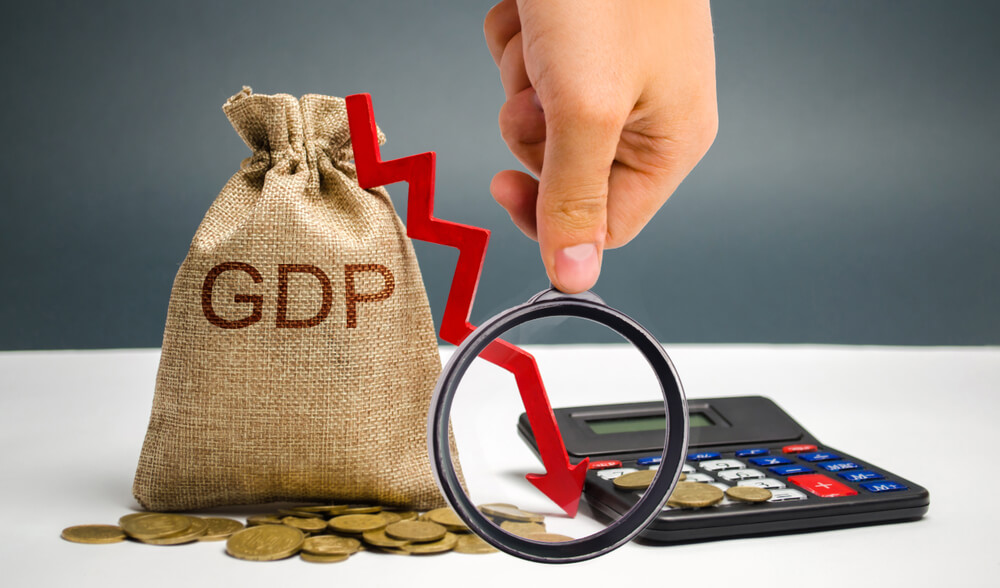JPMorgan & Chase economists are projecting just 1.5 percent GDP growth for the first quarter of 2019, and trimming its fourth-quarter 2018 growth behind slowed business spending.
The bank’s economists previously expected 1.6 percent fourth-quarter growth, but revised it lower to 1.4 percent after Thursday’s durable goods release, which was up 1.2 percent due mostly to a big increase in orders for planes.
However, core capital goods orders moved down 0.7 percent in December, meaning real annualized capital goods spending growth was near zero in the fourth quarter. JPMorgan expects a slight pickup in the first quarter of 2019. Economists expect fourth-quarter growth to top out just above 2 percent.
Durable goods inventory data also fell short of expectations at about $31 billion annual rate in the fourth quarter. Growth was trimmed from 1.75 percent to 1.5 percent. Domestic demand apparently doesn’t look good after December’s retail sales decline.
A second-quarter pickup is expected to send growth to 2.25 percent due to a boost in consumer spending now that the government shutdown — which delayed much of January’s numbers — has ended.
Per CNBC:
“The biggest headwind is likely consumer spending. The expected 0.4% decline in December real consumption makes for very challenging quarterly arithmetic for Q1. This isn’t helped by the fact that vehicle sales in unit terms declined by 5.1% last month, the largest monthly decline since 2011,” the JP Morgan economists wrote.
The economists also pointed to weaker equipment spending, after the drop in December capital goods orders, and also noted that rig counts for oil and gas production have fallen from the fourth quarter average.
“Housing may be improving some, but the lagged effect of the second half slowing in starts should still weigh on residential investment. Federal government spending will of course be hit by the shutdown, though this is partly offset by decent indicators on state and local government activity,” they noted.
Citigroup economists, meanwhile, said they were maintaining their estimate of 2.5 percent for the fourth quarter.
” While the decline in core capital goods orders reaffirms weakness in manufacturing-related industries, there is little new information in the December durable goods report. Weakness has been evident in already-released data, such as the drop in ISM Manufacturing new-orders and January IP,” the Citi economists wrote in a note.
However, they say they are watching investment-related data for signs of further slowing, and the decline new orders in the February Philadelphia Fed Manufacturing survey is a sign that weakness continues. “Business investment in Q4 should be stronger than Q3 as shipments of capital goods rose,” they wrote.
